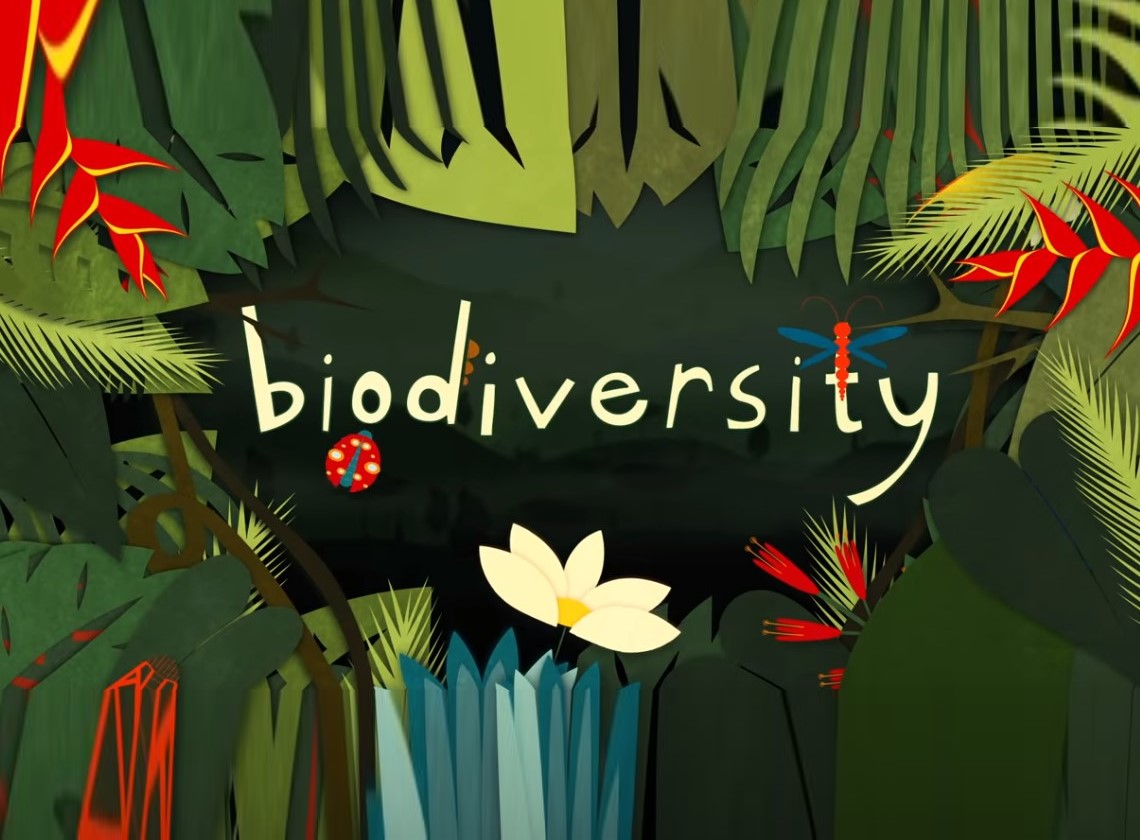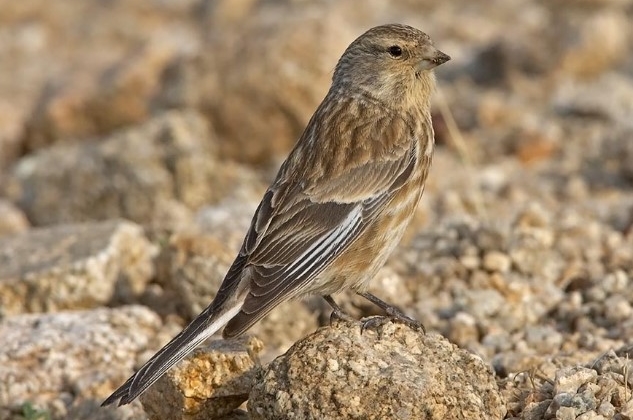Local and Global Biodiversity crisis
Biodiversity has value for all life on Earth and the global population has a responsibility to leave the planet in the best condition possible for future generations. This includes ensuring air and water quality, fertile soil and pollinators to stop species becoming endangered or extinct. This is a global crisis, but one in which it is possible to act local to make a difference. This does not just apply to wild animals such as polar bears and gorillas, driven towards extinction as the human population continues to grow and natural habitats are lost, but also to reptiles, amphibians, birds, plant and insect species. These are species that could prove to be of benefit when growing crops or be medicinal plants we don’t yet know about.

In Ireland, it has already been calculated that of the species groups that have been studied, at least 20 percent of spices are at risk of extinction. If you remove the impact of human activity, the rate of extinction would be about 1,000 times lower.
Biodiversity databases
The first step in protecting biodiversity is to record the species in different areas. Once these are catalogued they can be tracked and information shared nationally, giving evidence for policy changes to address biodiversity loss as well as providing international communities with useful research resources.
An Irish biodiversity database was agreed by the Irish government in 2002 as part of a national biological data management system in Ireland’s first National Biodiversity Plan. The National Biodiversity Data Centre was established in 2007. The centre has streamlined the recording of biodiversity data, making information available to policy makers, planners, conservation managers and researchers as well as to the general public, as an incentive for broader engagement and understanding about the importance of biodiversity.

Data comes not only from researchers, but also wildlife groups and members of the public across Ireland and currently stores over four million records related to 16,000 species. This data is then shared internationally. One example is the Butterfly monitoring scheme that contributes to European data about species range changes and emergence times as well as helping to suggest causes of change or decline. Nature has no political borders, so cross-country partnerships allow for a global diversity data network, for those species found across the world. Currently 57 countries and 36 associate partners have collaborated in a network called the Global Biodiversity Information Facility (GBIF) which holds information about more than one billion species, 1.9 million of those species are found in Ireland as well as other countries.
Biodiversity Stategy and Action Plan
Since 2015 each political party in Ireland has a national biodiversity strategy and action plan. The country’s national Diversity Action Plan 2017-2021 states “That biodiversity and ecosystems in Ireland are conserved and restored, delivering benefits essential for all sectors of society and that Ireland contributes to efforts to halt the loss of biodiversity and the degradation of ecosystems in the EU and globally.”
This will be achieved by:
- Addressing the underlying causes of biodiversity loss by making biodiversity mainstream both in government and in society.
- Reducing the direct pressures on biodiversity as well as promoting sustainable use In Ireland the aim is that by 2020 the rate of loss of natural habitats is at least halved and that degradation and fragmentation is significantly reduced. Also, that agriculture, aquaculture and forestry are managed sustainably and that pollution is reduced to protect biodiversity.
- To improve the status of biodiversity by safeguarding ecosystems, species and genetic diversity.
- Enhance the benefits to all from biodiversity and ecosystem services
- Enhance implementation through participatory planning, knowledge management and capacity building
Causal Factors
A growing population, with increased consumption and the efficiency of resource use are the main causes which impact on biodiversity. These factors impact on agriculture and forestry, hunting and fishing, industry, water use, energy and transport. Causing the loss of habitat, over exploitation of resources, invasive species, pollution and climate change all put direct pressure on biodiversity and ecosystems whether they be terrestrial, freshwater or marine.
Ecosytems provide us with food, medicine, timber and bioenergy and in cultural terms also provides an enriching environment in terms of recreation, aesthetics and mental wellbeing. To support biodiversity therefore needs investment, policy change, protected areas, enforcement as well as restoration.
Biodiversity indicators
Biodiversity indicators provide information about the current state and the change in state of verified data related to biodiversity. These can be the number of endangered species and habitats or indirectly through the number of relevant policies implemented to support biodiversity.
This enables the tracking of changes and to understand changes. This information also informs decision makers on possible actions to conserve and restore biodiversity as well as advising the public on the status, trends, pressures and conservation actions relating to biodiversity;
Indicators also track and report on the effectiveness of policy decisions and actions taken nationally, and benchmark progress towards regional and global targets at a level where they meet reporting obligations at home and abroad.
Ireland’s progress
In November 2011 Ireland launched its Actions for Biodiversity 2011-2016 report which adopted and applied a set of headline biodiversity indicators by 2012.
In September 2013, the National Parks and Wildlife Service commissioned an indicator framework for Ireland which was further developed by the National Biodiversity Data Centre leading to the development of the Centre’s website.
In 2015, a Biodiversity Working Group adopted a framework for assessing trends and agreed a consultation process before the launch in 2016 of the National Biodiversity Data Centre / National Parks and Wildlife Service indicators which lead to a public report based on 53 indicators the following year.
The plan is for the working group to produce an annual public report on national biodiversity, revising indicators in line with national and international reporting obligations, such as EU Biodiversity Strategy Targets and UN Sustainable Development Goals. Sustainable development implies that economic prosperity provides a good standard of living for everyone, without exhausting natural resources or damaging the natural environment.



